Boost Your Roof Bids – Request a Precision Estimate!
- Accurancy
- Efficiency
- Transparency
- Customization
- Time Saving
- Professionalism
- Cost Control
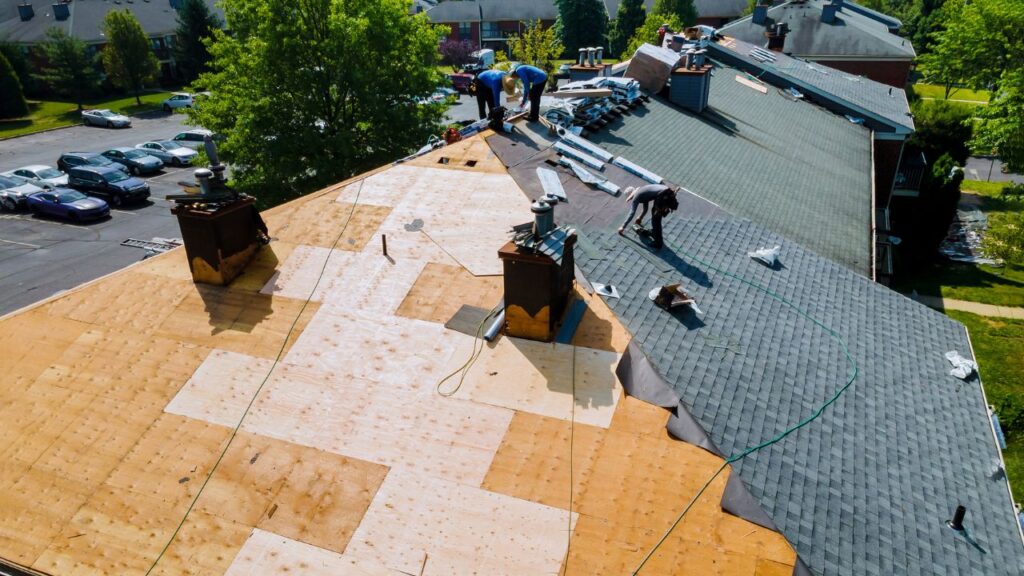
The importance of a well-maintained roof cannot be overstated when it comes to protecting a home or building. Sloped roofs, known for their durability and water-shedding capabilities, play a crucial role in safeguarding structures from the elements. However, over time, even the most robust roofs may require replacement. In this article, we delve into the intricacies of estimating and managing the cost of replacing a sloped roof, exploring key factors that influence expenses and strategies for a successful project.
The selection of roofing materials stands as a pivotal decision in the process of replacing a sloped roof. Homeowners are presented with a variety of options, each with its unique advantages and associated costs. Asphalt shingles, known for their affordability and ease of installation, provide a practical choice for many. Wood shakes offer a rustic and natural aesthetic but may require more maintenance. Metal roofing, recognized for its durability and longevity, comes at a higher initial cost but often proves cost-effective in the long run.
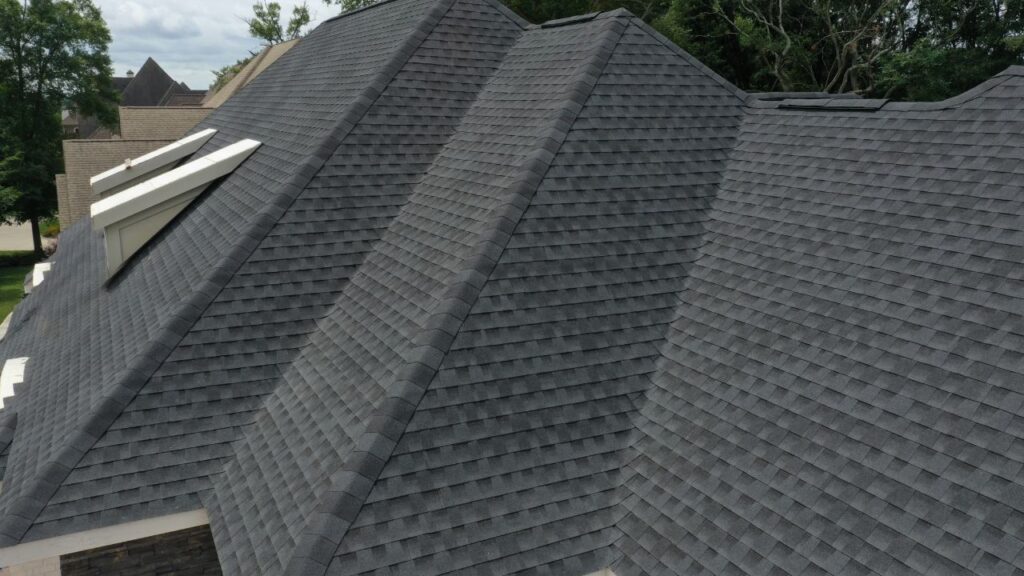
Tile roofing, with its elegant appearance, can add a touch of sophistication but may come with increased installation challenges. Balancing the factors of durability, aesthetics, and budget becomes a crucial aspect of the decision-making process, as the chosen material will profoundly influence the performance and overall cost of the sloped roof replacement.
The pitch or slope of a roof is a defining characteristic that significantly impacts the complexity and subsequent costs of a replacement project. Steeper roofs not only present aesthetic challenges but also necessitate additional safety measures, specialized equipment, and increased labor. As the pitch increases, so does the difficulty of installation, leading to higher associated expenses. The intricacies of working on a steep slope require a skilled workforce and proper safety protocols, contributing to the overall considerations in cost estimation. Homeowners must recognize the direct correlation between roof pitch and replacement costs, ensuring an accurate assessment that considers the challenges posed by steeper inclinations.
Before initiating the replacement of a sloped roof, a comprehensive evaluation of the underlying structure is paramount. This goes beyond a surface-level examination and delves into the stability of the roof’s deck, the integrity of support beams, and the condition of trusses. Identifying any issues with the underlying structure is essential, as unaddressed problems can escalate during the replacement process, leading to increased costs. Unforeseen structural repairs may include reinforcing weakened supports, addressing water damage, or rectifying issues that have developed over time. A meticulous assessment serves as the foundation for a successful replacement project, minimizing surprises and ensuring that the structural aspects are robust and stable.
The complexities inherent in sloped roofs demand a high level of expertise and precision during the replacement process. The choice of materials such as tiles or shakes, which often characterize sloped roofs, requires skilled craftsmanship for proper installation. Labor costs are directly influenced by the intricacy of the project, with steeper roofs or intricate designs necessitating more time and expertise. Experienced roofing professionals bring a level of proficiency that goes beyond conventional roofing practices, ensuring that the replacement is not only aesthetically pleasing but also structurally sound.
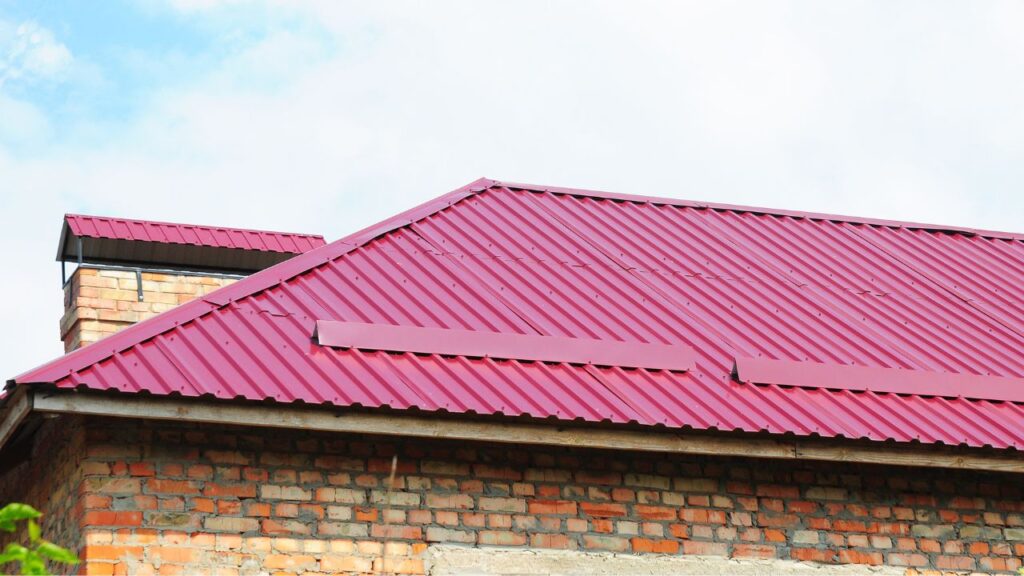
Recognizing the value of skilled labor is crucial in the accurate estimation of replacement costs and the overall success of the project.
Proper ventilation and insulation play pivotal roles in enhancing the performance and longevity of a sloped roof. While their inclusion in the replacement project incurs additional costs, the long-term benefits are substantial. Adequate ventilation helps prevent moisture buildup, reducing the risk of mold and decay. Quality insulation contributes to energy efficiency, maintaining a comfortable interior environment and potentially lowering long-term utility expenses. The upfront investment in ventilation and insulation serves as a proactive measure, ensuring that the new sloped roof not only meets immediate needs but also provides sustained performance and efficiency over its lifespan.
Choosing the right roofing materials is a critical decision that significantly impacts both the longevity of the roof and the overall replacement cost. Homeowners often face the dilemma of balancing durability with budget constraints. While high-end materials may offer superior longevity and aesthetic appeal, there are often budget-friendly alternatives that provide a commendable balance of performance and cost-effectiveness. Consulting with experienced roofing professionals is crucial in this decision-making process. These professionals can assess the specific needs of the home, considering factors such as climate, architectural style, and the homeowner’s budget. By weighing the pros and cons of different materials, homeowners can make informed decisions that align with their preferences and financial considerations, ensuring a cost-effective yet durable replacement.

Implementing a regular maintenance schedule for a sloped roof is a proactive strategy that pays dividends in terms of prolonged lifespan and reduced replacement frequency. Regular inspections, timely repairs, and addressing minor issues prevent the gradual deterioration of the roof’s condition. This preventive approach not only enhances the roof’s overall performance but also minimizes the likelihood of more extensive and expensive replacements in the future. Homeowners can save significantly on long-term costs by investing in routine maintenance, ensuring that their sloped roof remains in optimal condition for years to come.
The decision between a do-it-yourself (DIY) roof replacement and professional installation is a crucial consideration for homeowners, especially when dealing with sloped roofs. While the prospect of cost savings may be appealing with a DIY approach, the risks and challenges associated with sloped roofs make professional installation the safer and more reliable choice. Professional roofing contractors bring expertise, knowledge of proper techniques, and adherence to safety standards. They ensure that the installation is done correctly, preventing issues that could lead to costly repairs or replacements down the line. Choosing a reputable roofing contractor not only contributes to the long-term durability of the roof but also provides homeowners with peace of mind, knowing that the job is in capable hands.
Incorporating energy-efficient upgrades during a sloped roof replacement may involve additional upfront costs, but it is a forward-thinking investment that pays off in the long run. Features such as reflective coatings or insulated roofing materials contribute to increased energy efficiency. This results in lower utility bills as the home requires less energy for heating and cooling. Additionally, the environmentally sustainable nature of these upgrades aligns with modern eco-friendly practices, making the home more appealing to environmentally conscious homeowners.
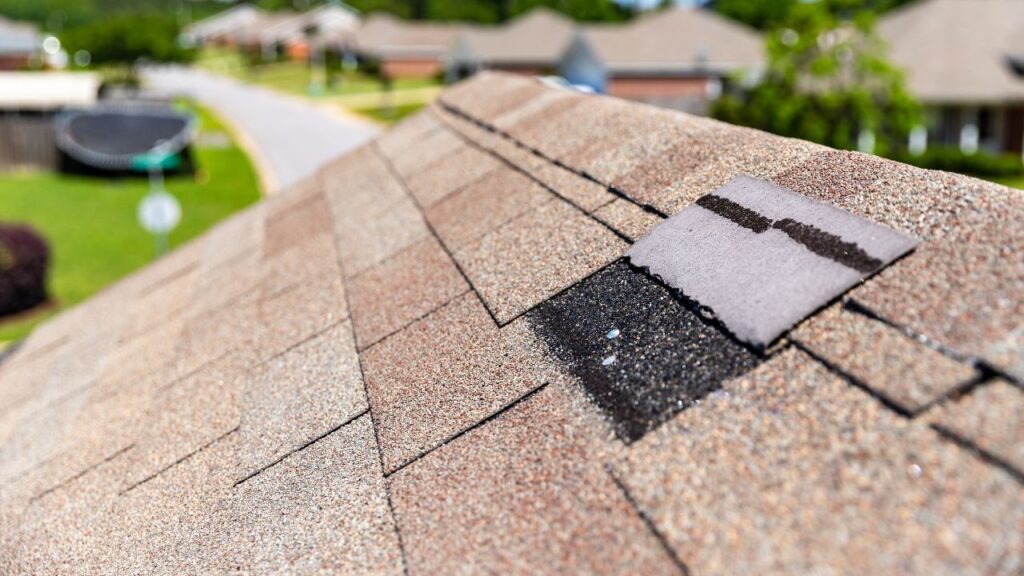
While the initial investment may be higher, the long-term savings and positive environmental impact make energy-efficient upgrades a wise choice for homeowners looking to invest in the future sustainability and efficiency of their homes.
Embarking on the journey of replacing a sloped roof may initially seem like a formidable climb, akin to ascending a challenging peak. However, armed with insights into the key elements steering the costs, you can navigate this endeavor with confidence. Let’s delve into the pivotal factors shaping the price dynamics:
In the world of roofing, much like in fashion, a universal fit doesn’t apply. The cost of materials and labor is intricately linked to the square footage of your sloped sanctuary. Imagine a snug bungalow with a simple roof, where the replacement might now cost around $3,600. Conversely, a sprawling mansion with intricate slopes and valleys could command over $18,000. So, don’t forget to wield your measuring tape to capture those dimensions accurately!
Not all slopes are created equal, and steeper inclines come with an augmented thrill – and cost. Visualize scaling a ski slope versus a leisurely stroll through a park. Steeper roofs necessitate heightened safety measures, specialized skills, and additional time, resulting in an increased budget. A low-slope roof might now settle at $4.80-$6 per square foot, while its steeper counterpart could demand $7.20-$9.60 or more. So, the next time you gaze upon your home, consider the angle of your roof – it might be whispering a slightly pricier tune to your wallet!
The canvas of your roof isn’t solely about aesthetics; it’s a canvas that paints the cost picture as well. The chosen material plays a starring role in the final price tag. Asphalt shingles, the dependable workhorses of roofing, are now more budget-friendly, usually costing around $2.40-$3.60 per square foot. Meanwhile, metal roofs, renowned for their durability, take a pricier leap to $4.80-$9.60 per square foot. Opting for the timeless elegance of slate, tile, or cedar comes with a more substantial cost increase – these exquisite materials can now command $8.40-$18 per square foot or more. Therefore, choose judiciously, for your roof’s material will now compose a slightly more expensive melody for your bank account!
Replacing a roof is a coordinated ballet of skilled roofers, and each step adds to the overall cost. Labor charges, subject to the complexity of the job and your location, can now be likened to an intricate dance, costing around $180-$360 per square foot for a straightforward roof replacement. However, if your roof demands a more elaborate choreography with steep pitches, challenging features, or unexpected repairs, anticipate the labor cost to pirouette upwards.
Before the curtain falls on your roof replacement performance, there’s a mandatory encore – permits and inspections. While ensuring safety and compliance with building codes, these unsung heroes of the cost symphony contribute to the overall expense. The specific fees may vary based on local regulations, but they play the supporting roles, waiting to make their entrance at the opportune moment.
Remember, grasping these key factors is just the initial act in your roof replacement odyssey. For a truly accurate estimate, consulting with experienced roofing contractors is indispensable. Their expertise will assess your unique needs, recommend optimal materials and methods, and provide a comprehensive cost breakdown, transforming the unpredictability of roof replacement into a well-rehearsed and slightly more budget-considerate performance.
Replacing a sloped roof involves key considerations such as size, pitch, materials, labor, and regulatory factors. Homeowners must balance aesthetics, durability, and budget when selecting roofing materials, recognizing the cost implications of each choice. Roof pitch directly influences the complexity and costs of the project. Ensuring a stable underlying structure, investing in skilled labor, and addressing ventilation and insulation contribute to overall project success. Exploring cost-effective strategies, including regular maintenance and professional installation, is essential. To navigate this process confidently, consulting experienced roofing professionals is crucial for accurate estimates and a successful, budget-conscious roof replacement journey.
Choosing the right material involves considering factors such as durability, aesthetics, and budget. Asphalt shingles are affordable and easy to install, while wood shakes offer a natural look. Metal roofing is durable but comes with a higher initial cost, and tile roofing adds sophistication but may pose installation challenges. Consulting with roofing professionals helps weigh these factors and make an informed decision.
The pitch or slope of a roof significantly influences the complexity and costs of the replacement project. Steeper roofs require additional safety measures, specialized equipment, and increased labor, leading to higher expenses. Homeowners need to recognize the correlation between roof pitch and replacement costs to ensure an accurate assessment that considers the challenges posed by steeper inclinations.
Before initiating a replacement, conduct a comprehensive evaluation of the roof’s deck, support beams, and trusses. Look beyond surface-level examination to identify any issues with the underlying structure. Unaddressed problems can escalate during the replacement process, leading to increased costs. A meticulous assessment serves as the foundation for a successful project, minimizing surprises and ensuring structural stability.
Yes, skilled craftsmanship is crucial for the complexities of sloped roofs. The installation of materials like tiles or shakes demands precision and experience. Labor costs are influenced by the project’s intricacy, with steeper roofs or intricate designs requiring more time and expertise. Skilled roofing professionals ensure not only aesthetic appeal but also structural integrity, contributing to the overall success of the replacement.
Yes, incorporating energy-efficient features, such as reflective coatings or insulated roofing materials, is a forward-thinking investment. Although these upgrades may involve additional upfront costs, they contribute to increased energy efficiency, resulting in lower utility bills over time. Additionally, the environmentally sustainable nature of these upgrades aligns with modern eco-friendly practices, making them a wise choice for future home sustainability and efficiency.
Here I am going to share some steps to get a sloped roof replacement cost estimate report.
You can send us your plan on info@estimatorflorida.com
Before starting your project, we send you a quote for your service. That quote will have detailed information about your project. Here you will get information about the size, difficulty, complexity and bid date when determining pricing.
Our team will takeoff and estimate your project. When we deliver you’ll receive a PDF and an Excel file of your estimate. We can also offer construction lead generation services for the jobs you’d like to pursue further.

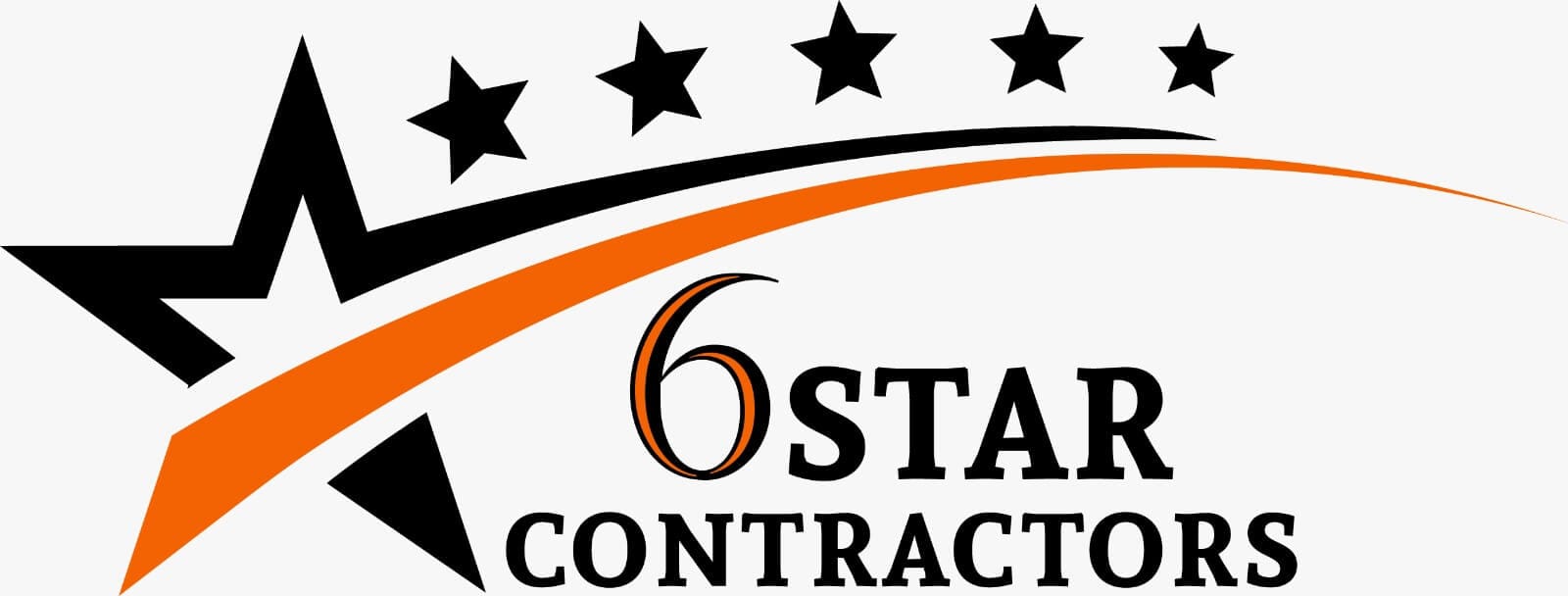

561-530-2845
info@estimatorflorida.com
Address
5245 Wiles Rd Apt 3-102 St. Pete Beach, FL 33073 United States
561-530-2845
info@estimatorflorida.com
Address
5245 Wiles Rd Apt 3-102 St. Pete Beach, FL 33073 United States
All copyright © Reserved | Designed By V Marketing Media | Disclaimer